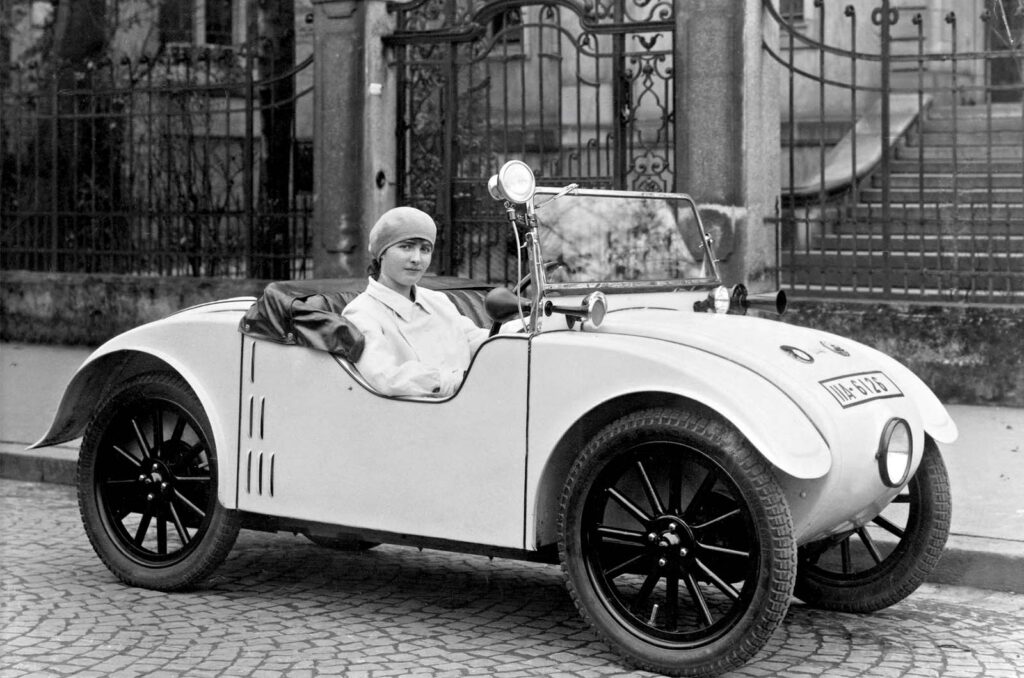[ad_1]
Surely more noteworthy, though, was German firm Hanomag’s 1925 unveiling of the 2/10PS, a single- cylinder baby, for this was the first production car to incorporate its wings into its body sides.
Germans promptly nicknamed it the ‘Kommissbrot’ after the bread loaves rationed by the army.
“The chassis contains so many extraordinary and novel features as to make one’s hair stand on end,” reported Autocar. “It is one of the queerest small freaks.”
We couldn’t see why anyone would buy it at £132 (£6740 in today’s money) when the four-pot Austin 7 was £149 (£7610), and indeed few did.
Enjoy full acccess to the complete Autocar archive at themagazineshop.com
So the idea didn’t catch on – not until the period of rebuilding after World War II, when understanding of aerodynamics had advanced, monocoque construction was increasingly superseding body-on-chassis and shortages meant materials had to be used as sparingly.
In 1947, nascent Italian sports car brand Cisitalia rolled out its 202 coupé, bodied by Pinin Farina in lightweight aluminium, and described by Autocar as “beautifully streamlined and finished”.
So seminal was the 202 that it would later become the first car acquired by the Museum of Modern Art in New York, which said of it: “This radical design eschews the ornamentation and separation of parts typical of cars of the period in favour of a unified structural skin, [which] seems formed by nature rather than by human hands.”

[ad_2]
Source link

